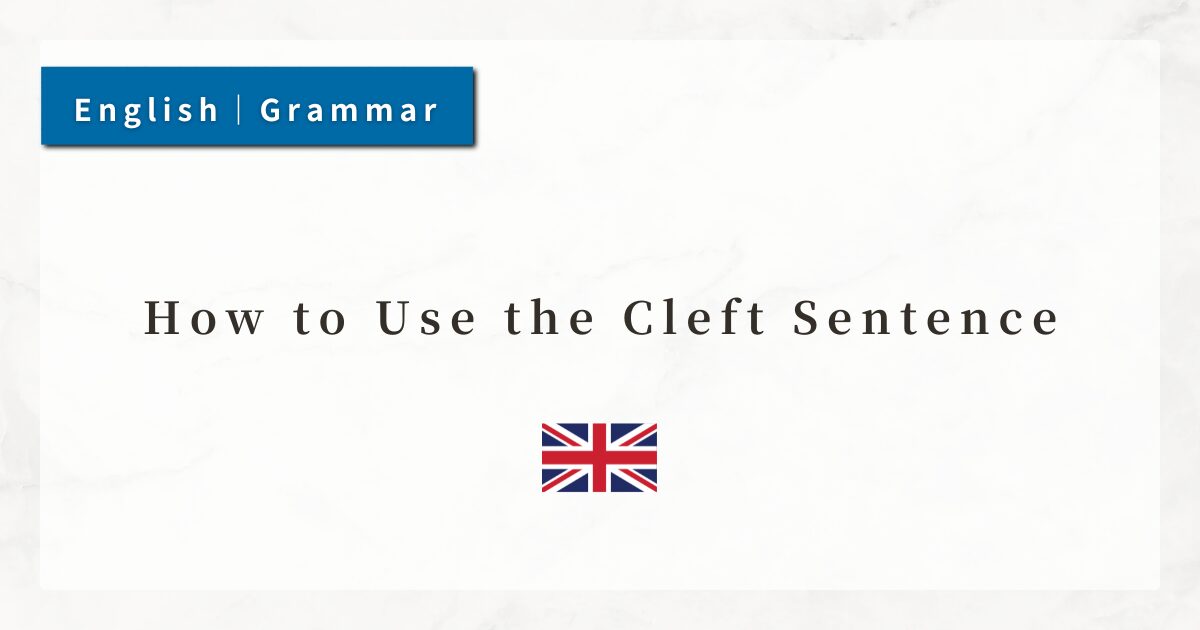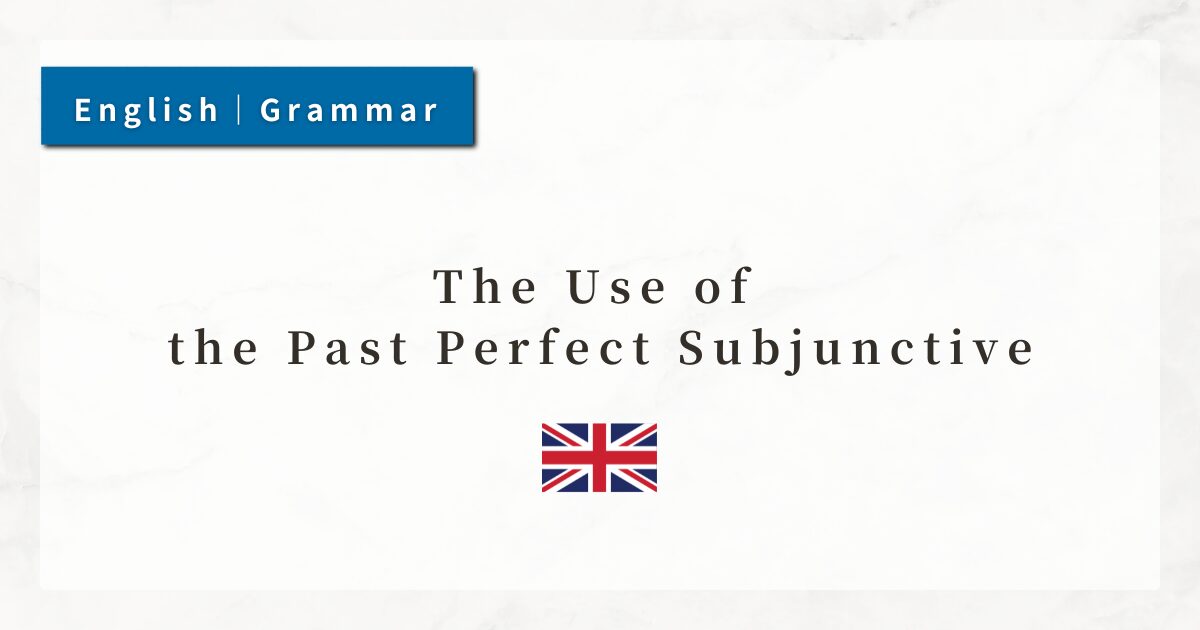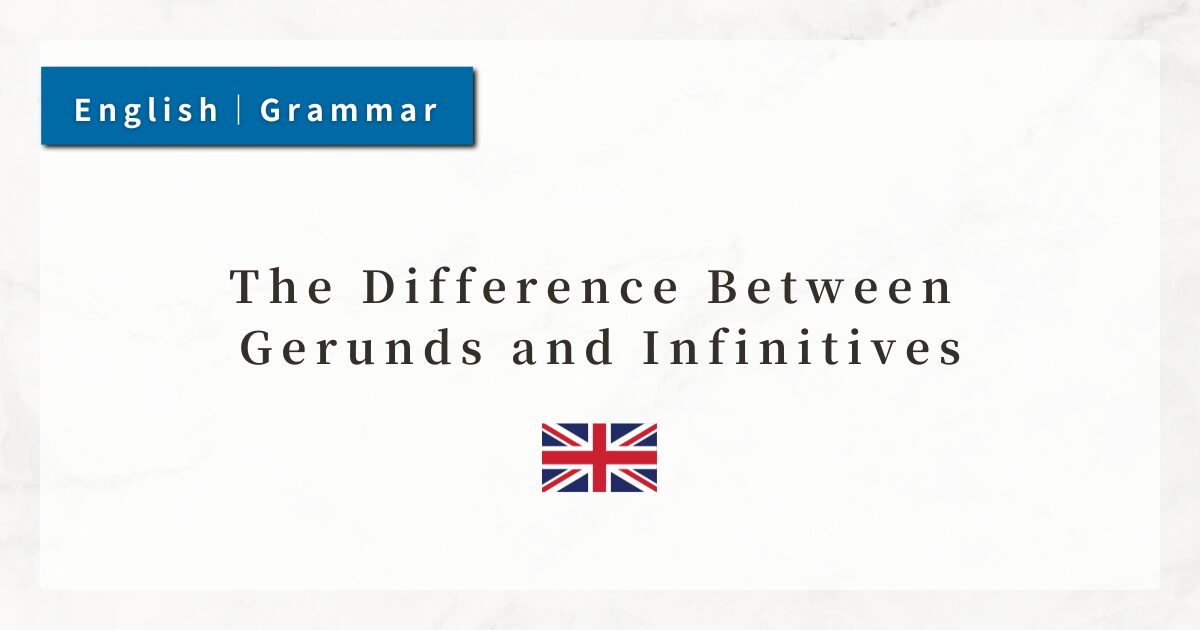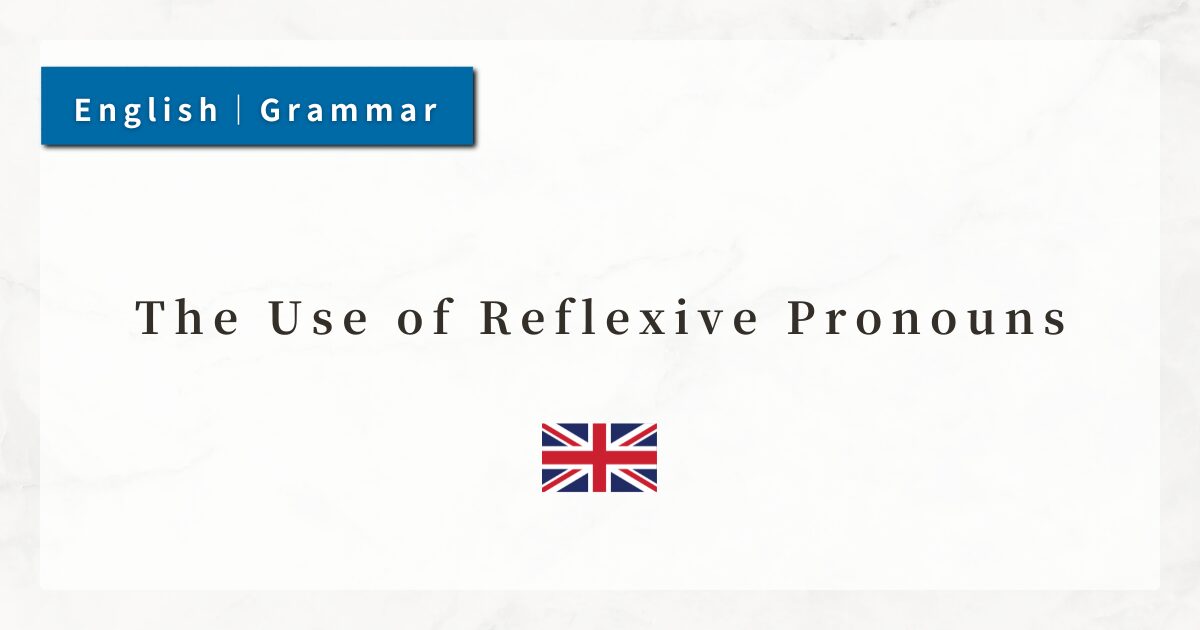#55 How to Use the Cleft Sentence|The Expression “It is ~ that …” to Emphasize a Specific Part

In English, there are times when I want to highlight a specific element in a sentence, such as who, what, when, or where. A useful structure for this purpose is the cleft sentence.
The most common form of the cleft sentence is “It is ~ that …”, which carries the meaning “It is ~ that …” in order to emphasize a certain part of the sentence.
In this lesson, I will explain English cleft sentences, from their grammatical points to concrete usage examples.
1. Basic Rules of the Cleft Sentence
The structure of the cleft sentence is simple: “It is + the part to be emphasized + that + the rest of the sentence.”
By using a cleft sentence, I can clearly indicate where the focus lies in a statement, thereby conveying my intention more strongly.
- It is John that broke the window.
In the normal sentence “John broke the window.”, the statement is neutral. By turning it into a cleft sentence, I highlight who broke the window.
Thus, even if the overall meaning does not change, the cleft sentence allows me to draw the listener’s attention to the intended element.
2. Elements That Can Be Emphasized and Examples
Depending on what is placed after “It is”, different parts of the sentence can be emphasized.
2-1. Emphasizing the Subject
By placing the subject after “It is”, I can stress who performed the action.
- It is my brother that helped me.
This makes it clear that it was “my brother,” and no one else, who helped me.
2-2. Emphasizing the Object
This form is used when I want to stress what or whom the action concerns.
- It is English that I want to study.
- It was Mary that I saw at the station.
When the object is emphasized, the nuance is that “among possible options, it is this one.”
2-3. Emphasizing the Time
I can also place emphasis on when something happened.
- It was yesterday that we met for the first time.
- It is in the morning that I usually study.
In these examples, the focus is specifically on the timing, such as yesterday or in the morning.
2-4. Emphasizing the Place
By using a location word, I can stress where something happened.
- It was in Paris that they got married.
- It is at this café that I often work.
Here, the emphasis lies on the place, which strengthens the nuance of the sentence.
3. Difference Between a Cleft Sentence and a Normal Sentence
Although both forms express the same fact, a cleft sentence changes the nuance.
- Normal sentence:
We met for the first time yesterday. - Cleft sentence:
It was yesterday that we met for the first time.
The first sentence states the fact plainly, while the cleft sentence highlights yesterday as the key element.
4. Summary
- A cleft sentence takes the form “It is ~ that …”
- It can emphasize subjects, objects, time, or place.
- By using this structure, I can clarify “where the focus lies,” even when describing the same fact.




